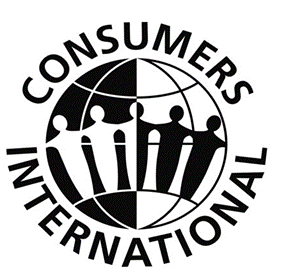- Books Name
- Understanding Economic Development Class-10
- Publication
- PathSet Publications
- Course
- CBSE Class 10
- Subject
- Economics
MARKET
- We participate in the market as both producers and consumers. As producers of goods and services, we could be working in any of the sectors and as consumers; we participate in the market when we purchase goods and services.
- As you can see, there are certain rules and regulations that protects the workers from being exploited at the workplace.
- Similarly, to protect the consumers from being exploited, there are certain rules and regulations for the same.

- Exploitation in the marketplace happens in various ways. For example, sometimes traders indulge in unfair trade practices such as when shopkeepers weigh less than what they should or when traders add charges that were not mentioned before, or when adulterated/defective goods are sold.
- Markets do not work in a fair manner, especially when large companies are producing these goods. These companies with huge wealth, power and reach can manipulate the market in various ways.
- At times false information is passed on through the media, and other sources to attract consumers. For example, a long battle had to be fought with court cases to make cigarette-manufacturing companies accept that their product could cause cancer. Thus, rose the need for the protection of consumers.
CONSUMER’S MOVEMENT
- For a long time, it was the responsibility of consumers to be careful while buying the product.
- There was no legal system available to consumers to protect them from exploitation in the marketplace.
- It took many years for organizations in India, and around the world, to create awareness amongst people and to shift the responsibility from the consumer to the seller.
- In India, the consumer movement as a ‘social force’ originated with the necessity of protecting and promoting the interests of consumers against unethical and unfair trade practices.

- Rampant food shortages, hoarding, black marketing, adulteration of food and edible oil gave birth to the consumer movement in an organized form in the 1960s.
- Until the 1970s, consumer organizations were largely engaged in writing articles and holding exhibitions.
- They formed consumer groups to look into the malpractices in ration shops and overcrowding in the road passenger transport. More recently, India witnessed an upsurge in the number of consumer groups.
- In 1985, United Nations adopted the UN Guidelines for Consumer Protection, which worked as a tool for nations to adopt measures to protect consumers and for consumer advocacy groups to press their governments to do so.
- This led to building pressure on business organizations and the government. Thus a major step took place in 1986 by the Indian government i.e. the enactment of the Consumer Protection Act 1986, popularly known as COPRA.

 PathSet Publications
PathSet Publications
